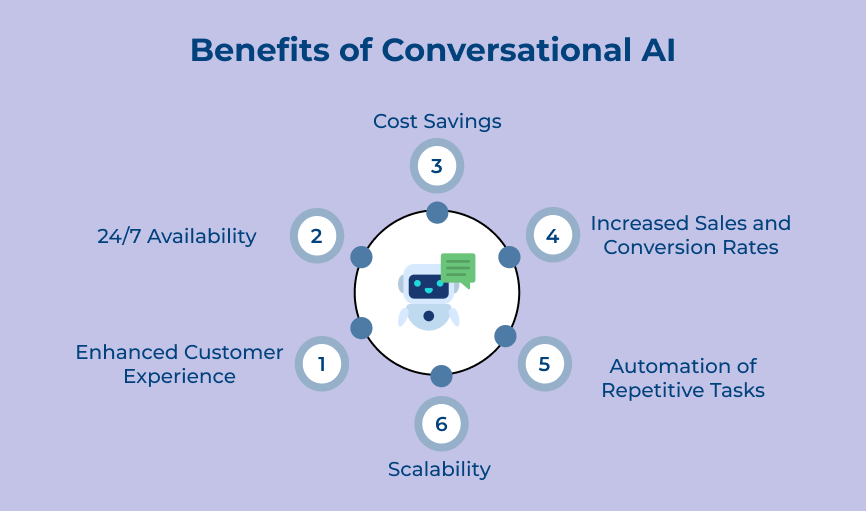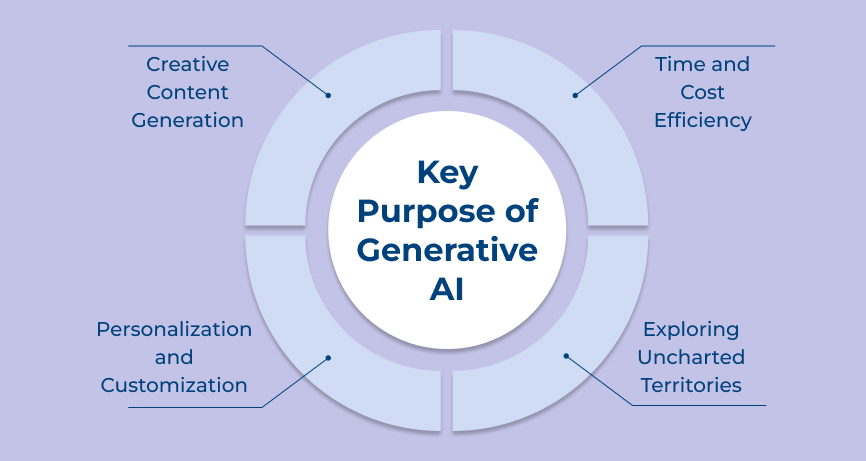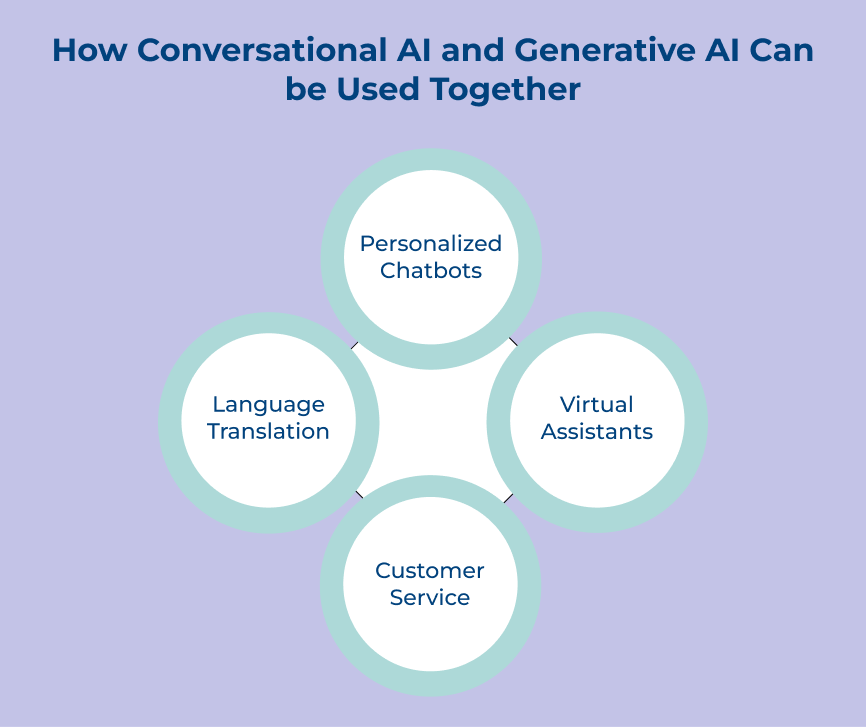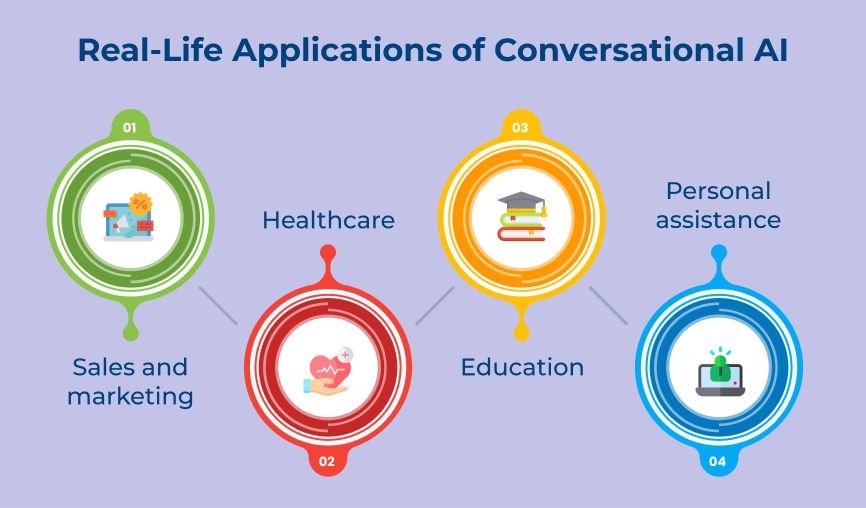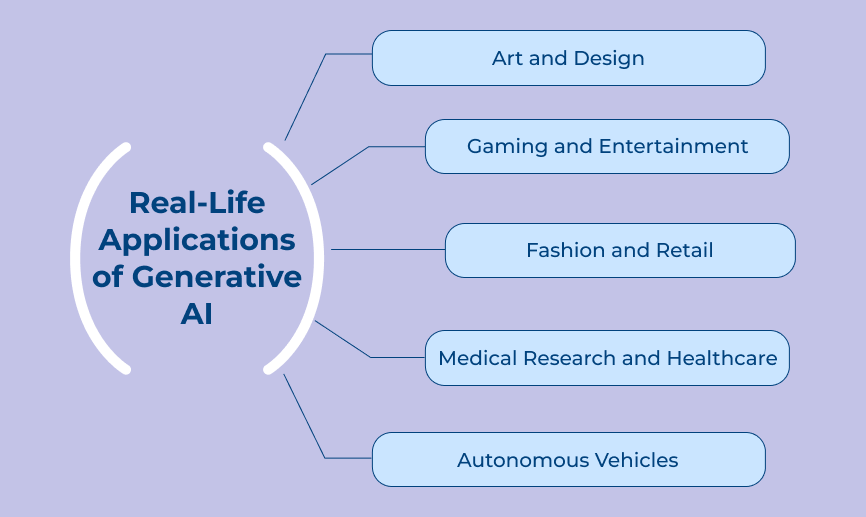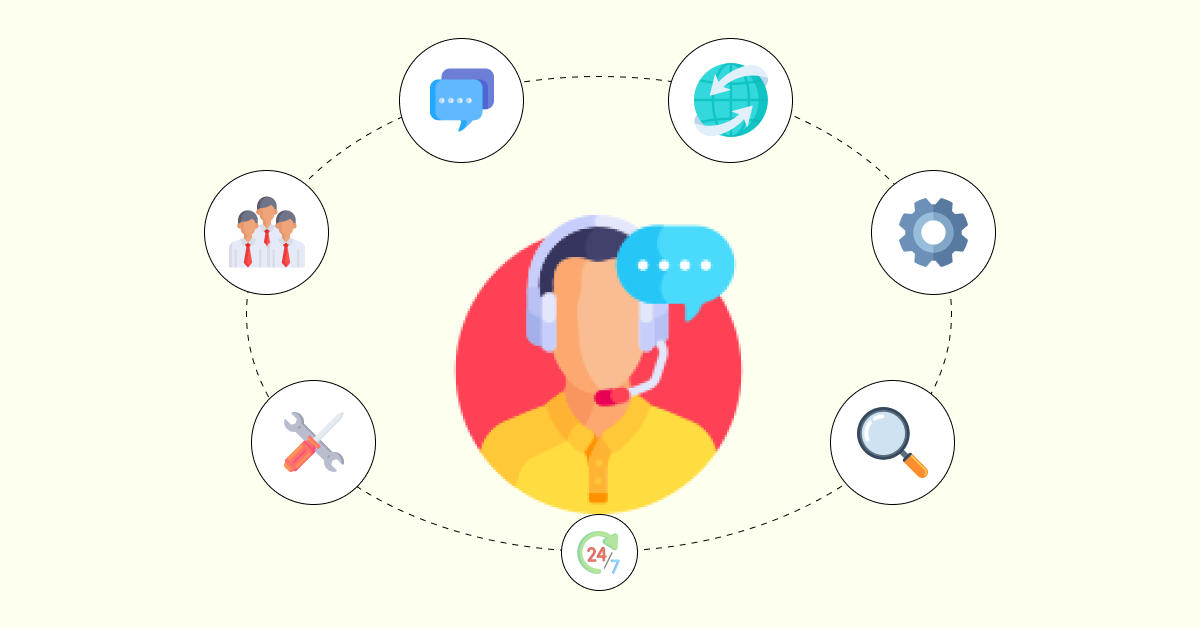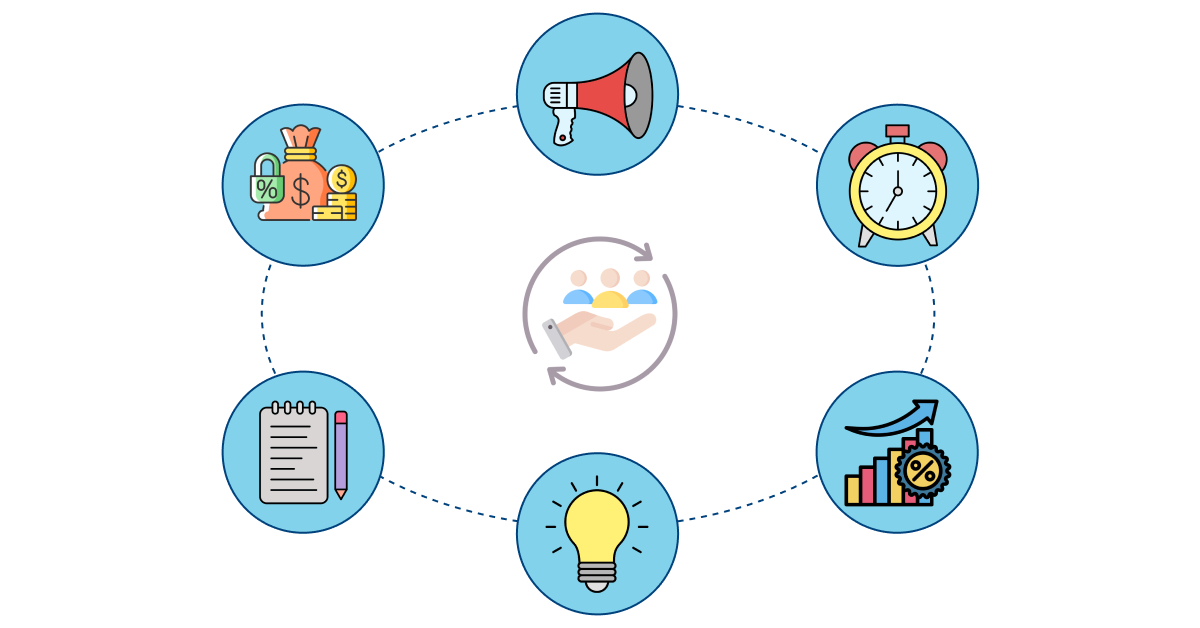1. Technology
Conversational AI is designed to simulate human-like conversation through chatbots or virtual agents. The technology behind conversational AI involves knowledge graphs, language models, contextual understanding, and sentiment analysis. It focuses on delivering accurate and contextually appropriate responses to user inputs.
Generative AI uses deep learning techniques like neural networks and generative adversarial networks (GANs) to generate new data that resembles human-created content. Generative AI models often require extensive training data and complex algorithms to create coherent outputs.
2. Complexity
Conversational AI focuses on facilitating seamless conversations between humans and machines. The complexity of conversational AI lies in parsing the intricacies of human language, incorporating sentiment analysis and intention recognition into its algorithms.
Generative AI operates on a different level of complexity. Instead of relying on predefined models, it leverages deep learning techniques to generate original content. Whether it’s generating art, music, or even writing articles, generative AI can create from scratch.
3. Dependencies
Conversational AI heavily relies on dependencies between words and phrases in a conversation. Conversational AI systems utilize natural language processing techniques to identify dependencies and use them to generate coherent replies. Understanding the dependencies is vital in delivering human-like and contextually relevant conversations.
Generative AI emphasizes dependencies within a given dataset. It learns from patterns and dependencies present in the training data to generate new content. Generative AI models capture complex dependencies between input and output data. Generative AI can produce authentic and creative outputs by understanding these dependencies.
4. Output
Conversational AI aims to provide contextually relevant and coherent responses to user queries or inputs. It focuses on maintaining a conversation flow and providing meaningful interactions. The output generated by conversational AI systems is aimed at mimicking human-like responses, with an emphasis on natural language understanding.
Generative AI focuses on producing original and creative content based on given prompts. The output it generates is not limited to responses within a conversation but can include text, images, or even music. The aim is to create innovative, diverse and unique content.
5. Training Data
The training data for conversational AI typically consists of labeled dialogue datasets, which are carefully curated to provide a wide range of conversational scenarios. The datasets include real conversations, transcripts and user queries. Conversational AI models learn to understand context, respond appropriately and engage in realistic conversations.
Generative AI focuses on creating creative content such as generating text, images or even music. The training data for Generative AI relies heavily on large-scale datasets of unstructured data, such as books, articles and online sources. The models learn patterns from this vast corpus of data and generate new content based on those patterns.
6. Limitations
Conversational AI has limitations in terms of context and understanding. Chatbots struggle with complex queries or requests that fall outside their pre-existing knowledge. They rely on structured struggle to interpret nuances, leading to generic and sometimes irrelevant responses. Conversational AI cannot acquire new knowledge or adapt to changing circumstances, making it less flexible in handling dynamic conversations.
Generative AI also faces limitations, particularly in terms of control. Generative AI models sometimes produce inaccurate or nonsensical responses and maintaining a desired level of coherence can be challenging. Due to the immense training data required, generative AI models require significant computational resources, making them less accessible and practical for certain applications.
How can Conversational AI and Generative AI be Used Together?
Below are the numerous ways conversational AI and generative AI can work together to not only enhance efficiency but also spark creativity in a variety of applications.






